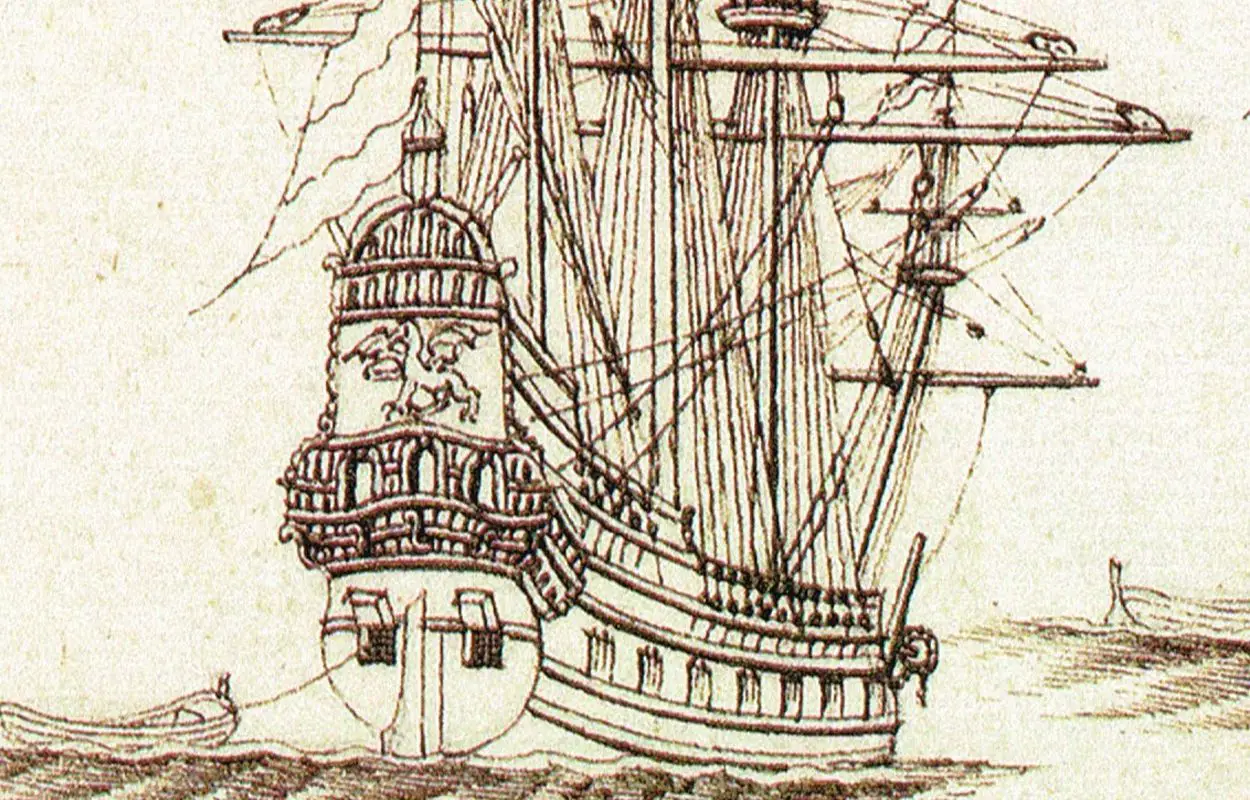Metal detectorists have uncovered pieces of musket balls, believed to have been carried ashore by survivors of the 17th century treasure ship, the Gilt Dragon, which sunk off the western coast of Australia.
The Gilt Dragon was a 41.8-metre (137 ft), 260-tonne (290-ton) ship, constructed in 1653 by the Dutch East India Company.
In 1655, the ship sailed from Texel bound for Batavia (Jakarta), carrying chests of silver to the value of 78,6000 guilders and a large cargo of trade goods. The following year, the ship struck a reef and was wrecked near Ledge Point north of Perth. Of the 193 crew members, only 75 made it ashore, including the ship’s captain Pieter Albertszoon.
On the 7th of May 1656 (approximately nine days after the loss of the ship), the under steersman and six crew members were dispatched to Batavia to summon help. It took 40 days before they arrived at Batavia, resulting in multiple expeditions in search of survivors ending in failure.
According to those that reached Batavia, they saw other members of the marooned crew attempted to re-float a larger boat that had capsized in the surf while landing.
In March 2015, Steve Caffery, of Gilt Dragon Research Group, claimed to have discovered copies of two letters carried by the seven survivors to Batavia in 1656. The letters, dated the 5th and 7th of May 1656, were said to indicate that there were two separate camp sites.
The Gilt Dragon was rediscovered in 1963, with salvage works finding lead, amber, coral and 10,000 coins, which have been moved to the Fremantle Maritime Museum in Australia.
Metal detectorists on a West Australian beach found musket ‘bolo’ balls buried in the sand, providing a clue as to where the 68 people may have made camp before they vanished. The wired balls were used on 16th century ships to target enemy sails and were typically loaded into a small deck gun with a powder charge and then fired.
Speaking to ABC News, Archaeologist, author and historian Bob Sheppard, stated that the discovery was “hugely significant” in the Gilt Dragon story, providing another clue into the mystery of what happened to those left behind at the ship’s sinking.
Header Image : Gilt Dragon – Image Credit : Steve Caffery GDRG – CC BY-SA 4.0





